Space rocket Hogwarts
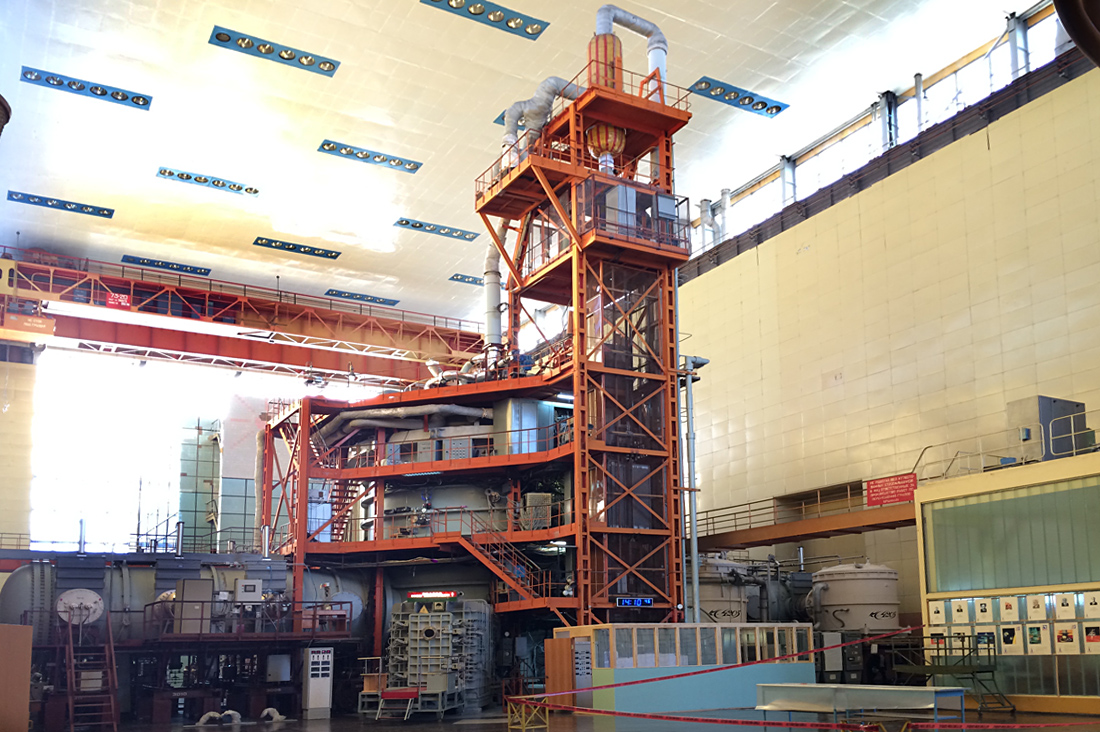
How to prepare a new rocket or spacecraft for space flight? They should be tested: to find out whether the engines are reliable, to determine how they will behave in the cosmic cold in the shadow of the Earth, or in the cosmic heat under the scorching rays of the Sun. A significant part of the space technology of the USSR and Russia was checked at the Scientific Testing Center for Rocket and Space Technology in Peresvet. The satellites of Dauria were also tested there, thanks to which I was able to visit this legendary place.
SIC RCP was born almost simultaneously with the national space program, when Korolev decided that it was too far to constantly go to the tests in Kapustin Yar. Therefore, we found a suitable place to test the engines of the P1 rockets in the Moscow region. The decisive role in the emergence of the test bench, and later the city of Peresvet, was played by two factors: the steep banks of the river, which is convenient for the stand, and the forest area is game-rich, which is convenient for the Queen, who is keen on hunting.
The first stand was built in 1949.
In addition to the first rocket engines for ballistic missiles, accelerators for the intercontinental cruise missile “The Tempest” were also tested there.
')
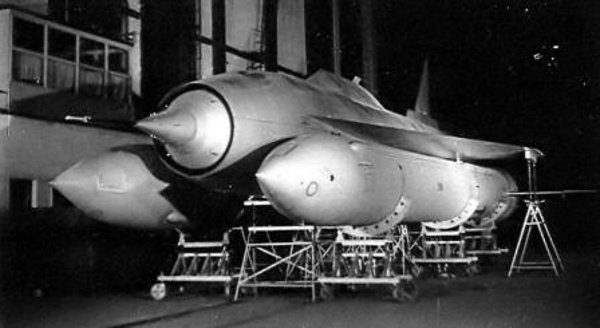
Then a more capital and powerful stand No. 2 was erected, where steps for Gagarin’s rockets were tested, the second and third stages of the H1 lunar rocket.
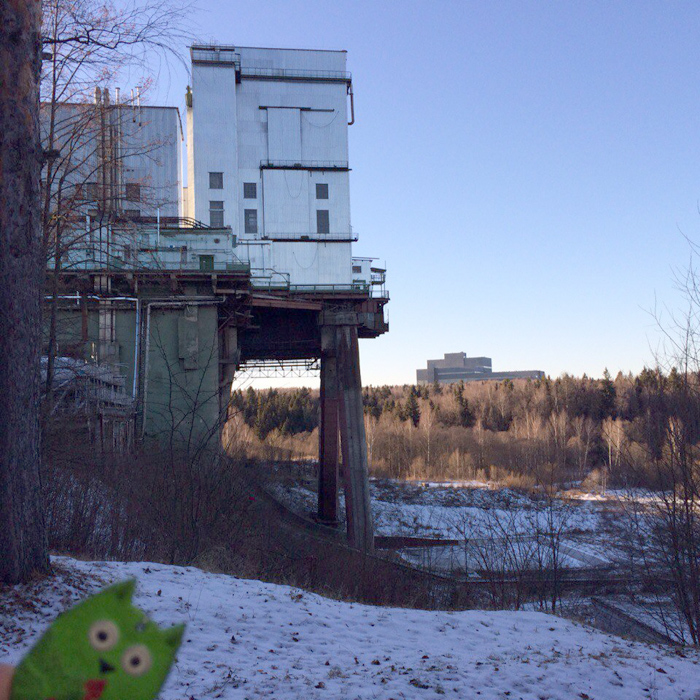
According to the stories of local old-timers, the power of the engines was such that the concrete plates of the stand facing flew away to the other side of the river.
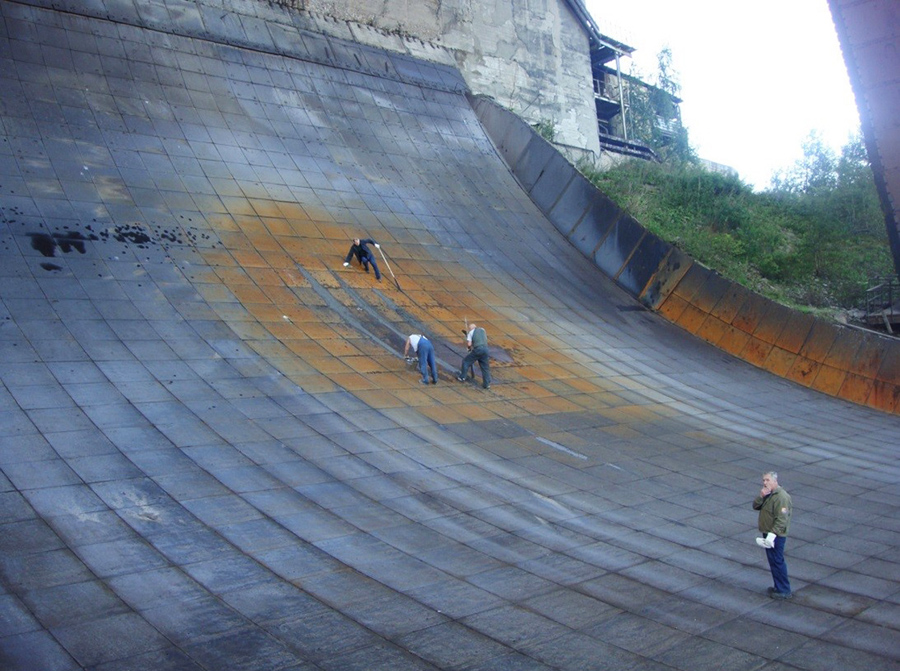
Unfortunately, they could not test the most powerful first stage then, therefore serious problems with it were revealed already on flight tests, which seriously undermined the success of the entire lunar program.
In the 80s, the rocket stand experienced two explosions on the tests of the Zenit rocket, and was rebuilt. They were preparing Angar on it, and recently passed a test with Soyuz-2.1v, which later flew into space.
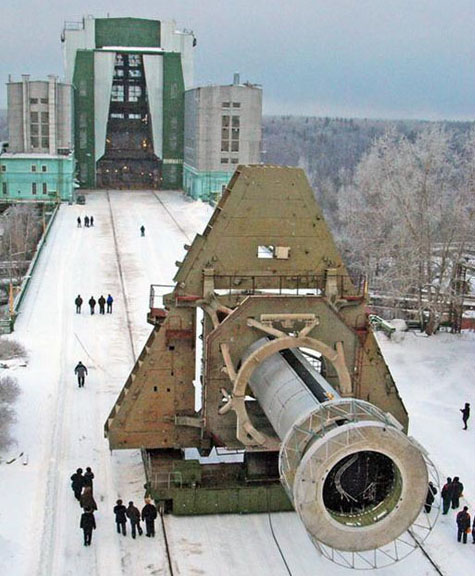
(The satellite at this launch was lost, but not because of the rocket, but because of the failure of the separation system of the apparatus and the upper stage).
It is practically impossible for a person outside the industry to visit such a test, but we can imagine this spectacle thanks to a video from Samara, from an engine test for the Soyuz rocket:
On the other side of the river one can see the cyclopical hulls of the largest thermal vacuum chamber in Europe - KKI (Space Test Complex), built in the 80s.
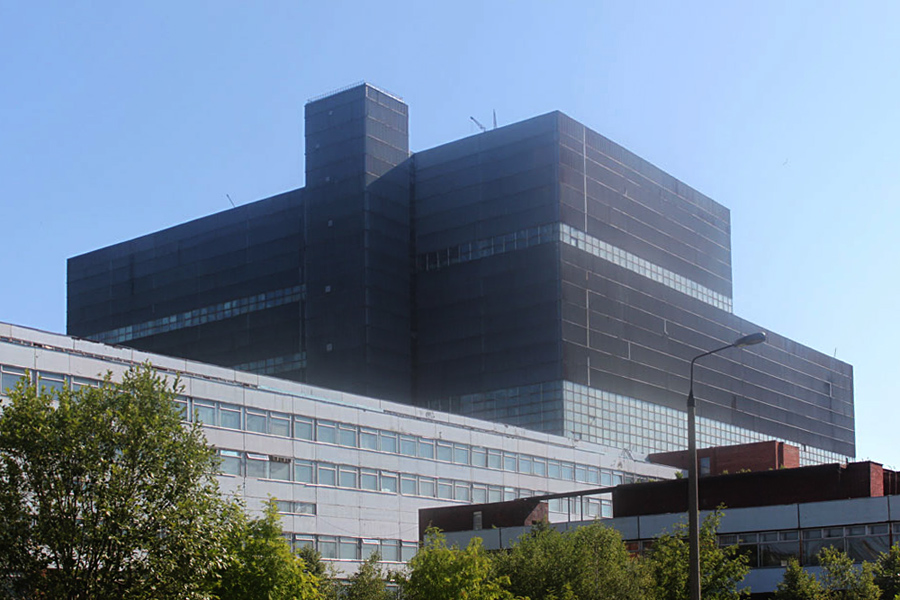
It remains evidence of past glory and sadness, "Buran" and "Peace." The local camera the size of a nine-storey building is another demonstration of the enormous resources and funds allocated for the implementation of the USSR space program. Now the camera is not used and is hardly suitable for real tests.
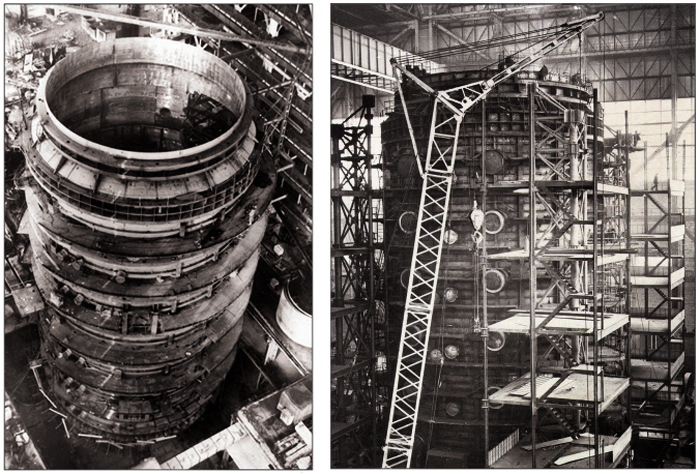
Even earlier, in 1963, the 18th Corps with a huge thermal vacuum chamber, the height of a three-story house, which was completed in 1968, was added to the rocket stands of the Scientific-Technological Center of the RCP. A giant "barrel" - the VK 600/300 camera was created for the lunar program.

The first practical work of the chamber was the testing of the “Lunokhod”, then the “Lunas” were tested from 16 to 24, and all subsequent products of NPO Lavochkina.
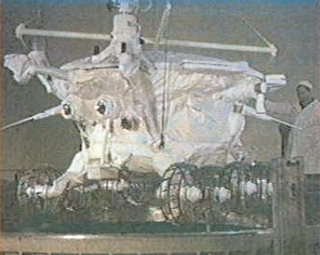
( By the way, in the book about SIC RCP, it was possible to find an image of the “Lunokhod” in its original appearance - wrapped up in a “jacket” of thermal insulation. All photos and newsreels, where the devices are shown naked - do not correspond to the real appearance of Lunokhods on the Moon ).
Thermovacuum testing should determine whether the spacecraft is ready for space conditions. Air is pumped out in the chamber, reaching a technical vacuum, then liquid nitrogen is blown through the pipeline at the inner walls of the “barrel”, cooling them to -196 degrees Celsius. In a separate compartment, there are powerful searchlights that emit light equivalent to that of the sun in space. Through the light guide, the light is fed into the thermal vacuum chamber, and the system of mirrors generates frontal illumination, reaching the maximum correspondence to what the satellite or ship is experiencing in orbit.
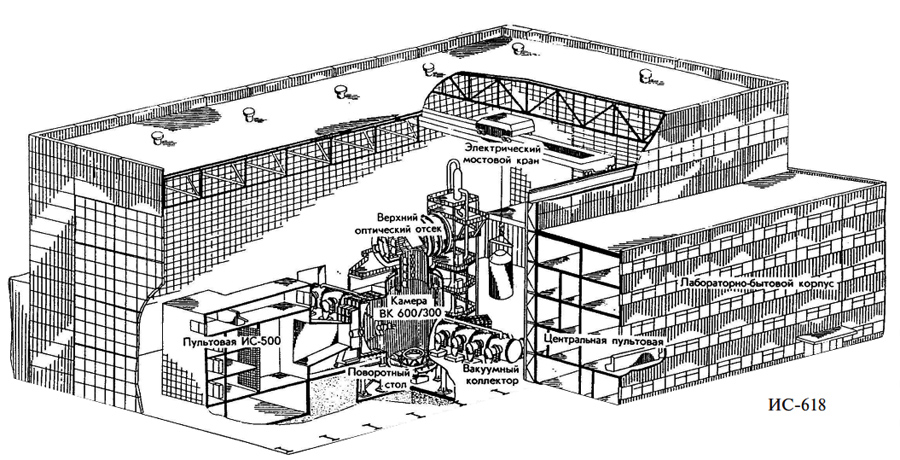
Previously, the evacuation of the chamber was provided with outdated technology with oil pumps, because of which periodically there were emissions of oil mist into the chamber. This led to the fact that the tests were carried out not on the flight copies of the spacecraft, but on engineering mock-ups.
In the 2000s, the camera was modernized, modern turbomolecular pumps were installed, which ensured high purity tests. Now those devices that go into space are loaded into the camera.
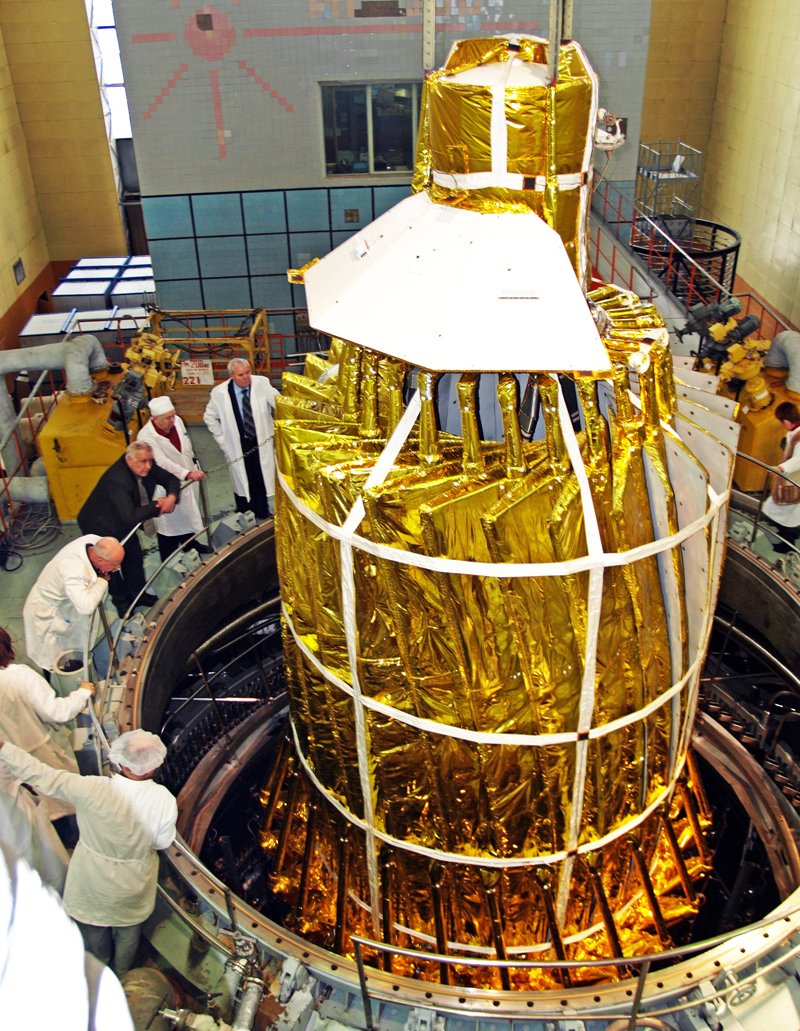
Once there were loaded large "Spectrum-R" and "Electro-L", now it's time for our kids .
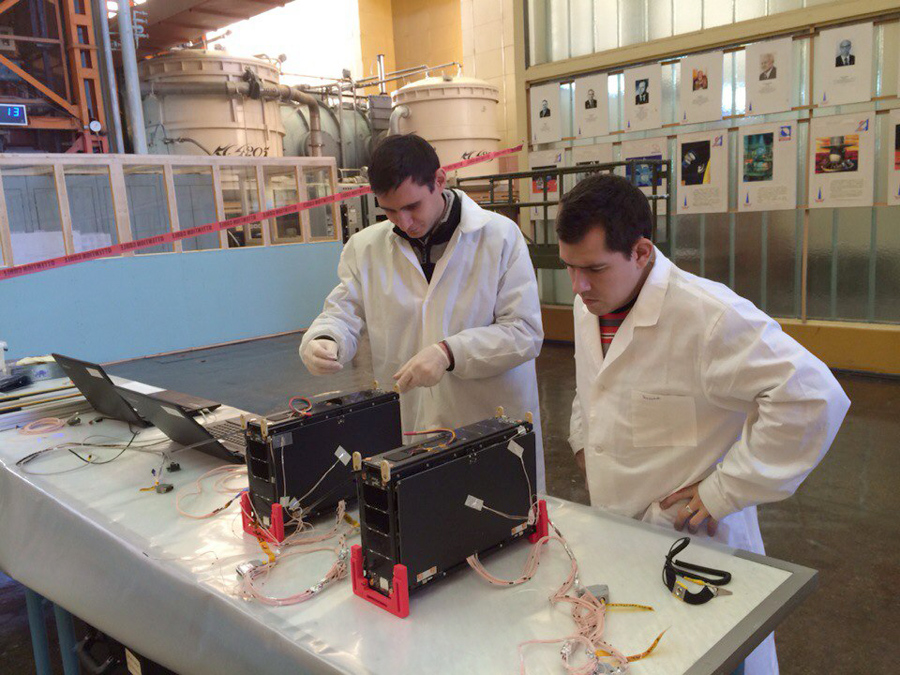
In the rich history of the SSC RCP for the first time, spacecraft did not load with a powerful beam crane, but simply carried the arms through the door for personnel.
In general, the SIC RCP makes a positive impression. Places of the hull look worn, but in key areas you can see modern equipment and meticulous care. What is worth only the upper part of the thermal vacuum chamber, which was prepared under the lunar manned ship. It has never been used and is unlikely to be used, and for half a century it is neatly lying on the sidelines, as if it is ready to work right now.

An important indicator of the state of the enterprise, for me is the mood of the staff. The fact that people really love their work speaks eloquently of the wall newspaper in the test shop with a thermal vacuum chamber:
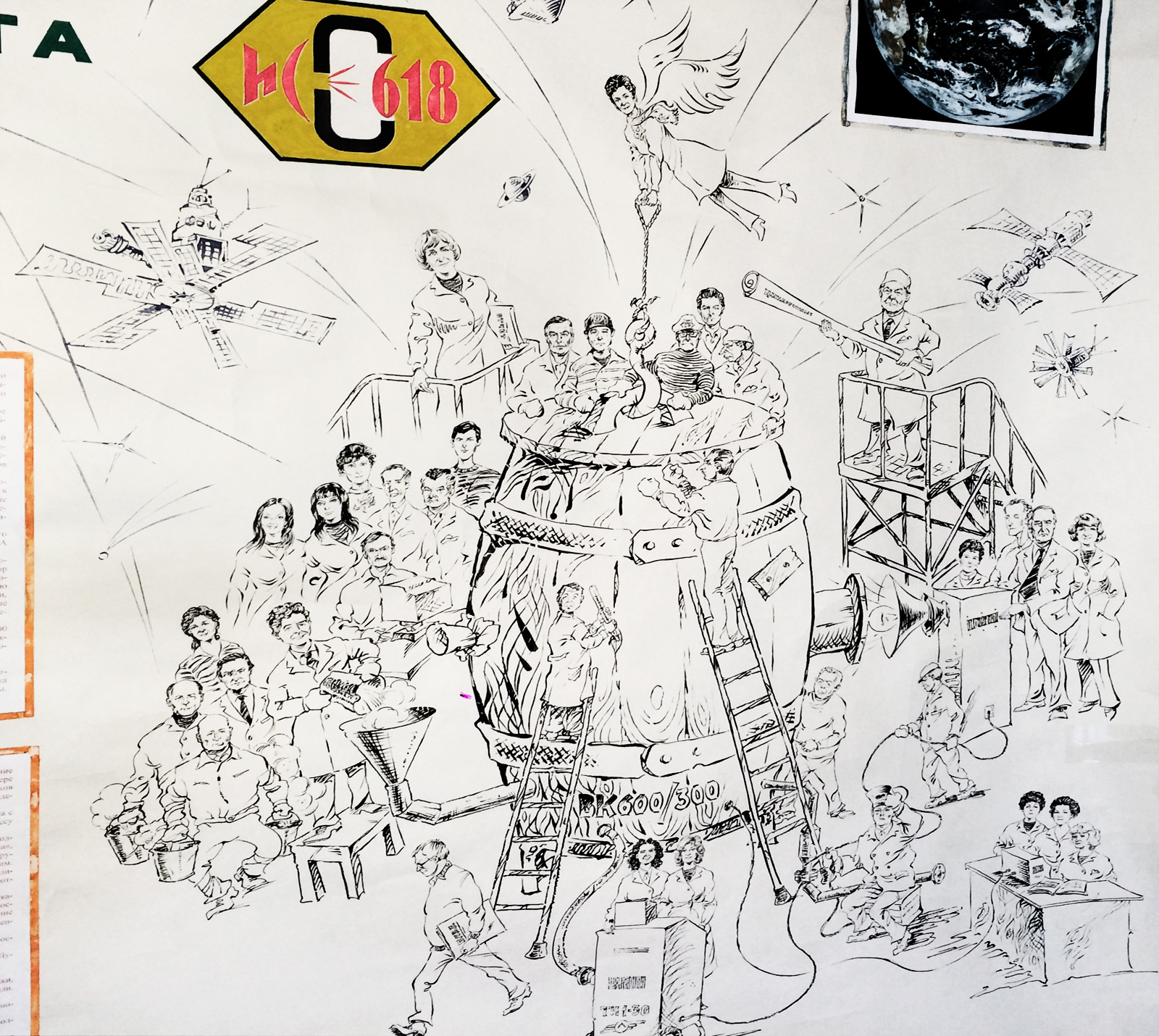
Look at this cartoon carefully. I am sure that each character has its real prototype. I am particularly pleased with the guys pouring buckets of liquid vacuum into the barrel, and the crane operator is good. In my opinion, this is wonderful :) It is with this attitude that we must conquer space.
And it’s not the staff’s fault that they have little work to do now. Times of space expansion, alas, are over.
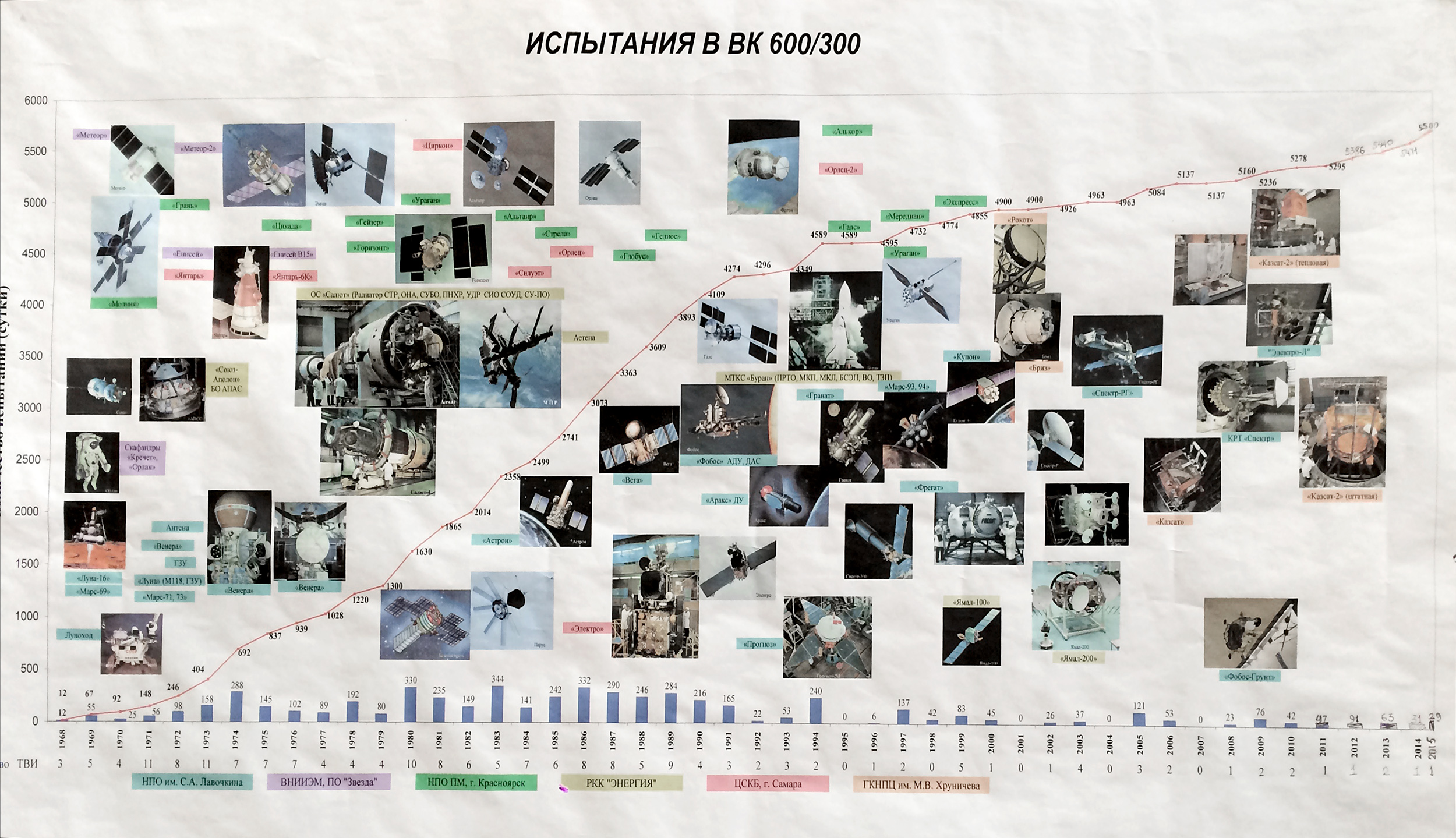
That is why SIC RCP gladly took up the order of “Dauria” for testing the ICA-N microsatellites, despite their size and apparent frivolity. And now they are looking with interest towards the development of private astronautics.
Source: https://habr.com/ru/post/390291/
All Articles